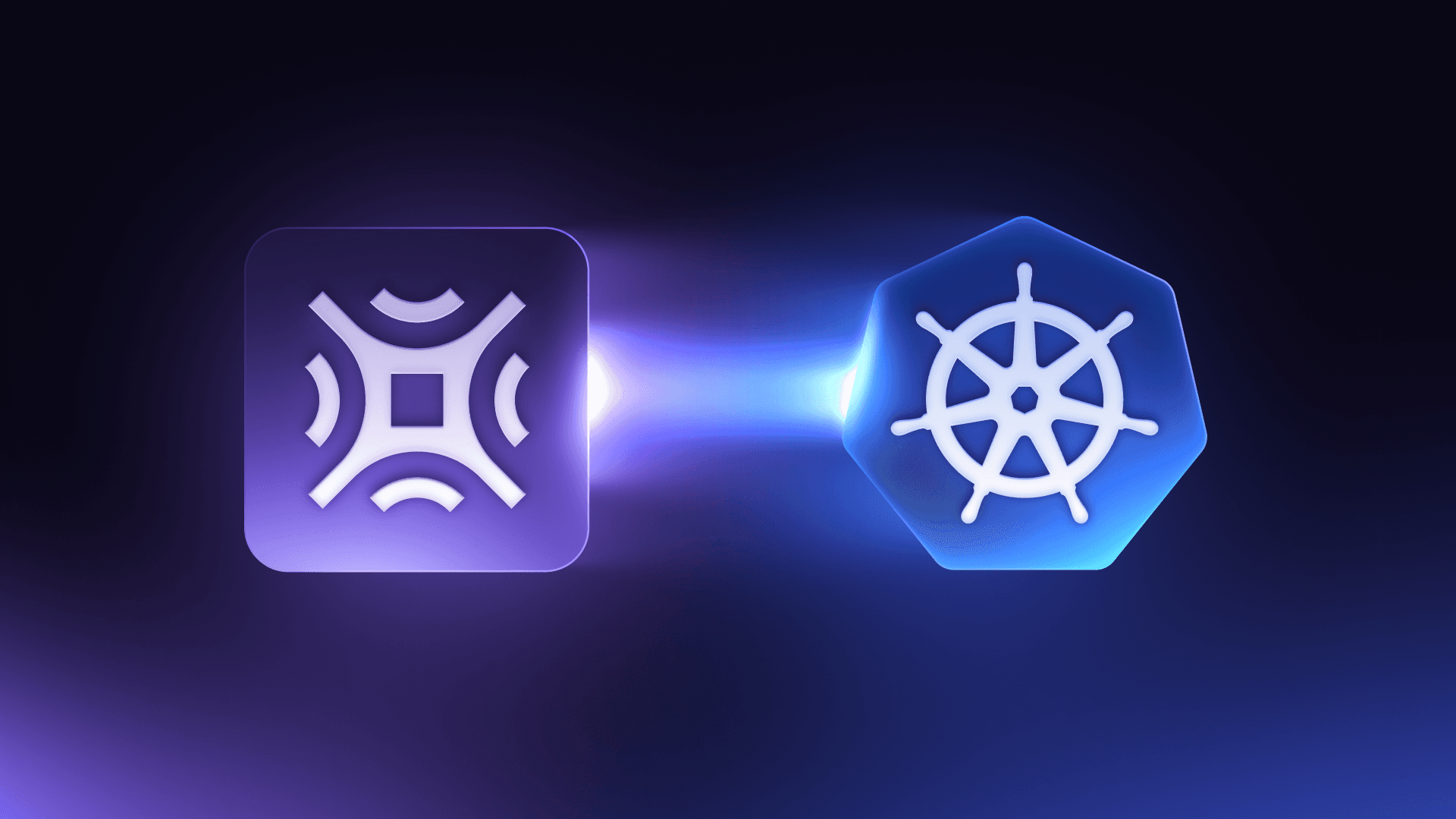Platform teams handle cluster provisioning manually because it requires oversight. A product team needs a cluster, so they submit a request. Someone reviews the configuration, provisions it through the cloud provider, waits for it to spin up, and sends back access details. Two days later, the cluster is ready. The delay is intentional. Without review, teams provision oversized clusters that blow budgets, misconfigure networking, or deploy in the wrong regions.
But the delay creates another problem, one that's far more significant and expensive. Teams that need clusters faster start spinning them up without telling anyone. Eventually, someone notices the cloud bill spiked by $4,000 because a cluster got deployed in the wrong region with the wrong configuration.
Platform teams live with this tension constantly. Move too slow and teams route around you. Move too fast and you lose control of costs, security, and compliance. You need speed and safety, which means three things: visibility into what's running where, governance to enforce standards, and automation that doesn't bypass your controls.
Cortex's Kubernetes capabilities address all three. The integration brings cluster data into your service catalog, Scorecards validate configurations continuously, and workflows automate provisioning with guardrails built in.
Visibility without the context switching
When an incident happens, you're switching between Kubernetes dashboards, service catalogs, monitoring tools, and documentation just to get basic information about which services are deployed where, who owns them, and what their current state is.
Cortex's Kubernetes integration surfaces cluster data directly in your service catalog alongside ownership, domains, and service metadata. On any service page, you can see deployment status, available replicas, container resource limits, and drill into definition files without leaving Cortex. When pods crash or replica counts drop too low, the data is visible immediately instead of requiring a trip to multiple dashboards.
Teams also bring Kubernetes clusters themselves into the catalog as entities and build relationships between them. This gives you a complete picture of how services, clusters, and infrastructure connect, which makes it easier to understand blast radius during incidents and plan migrations or upgrades.
The integration works through a Kubernetes agent deployed in your clusters. It pushes data to Cortex over HTTPS, which means no inbound traffic needs to be exposed. Annotations on deployment objects map to tags in Cortex, connecting clusters to the right entities in your catalog automatically.
Governance through Scorecards
Teams need visibility to see what's running, but governance gives you a clearer picture about what's running correctly. Cortex Scorecards let platform teams define rules that validate how Kubernetes clusters are configured and enforce standards continuously.
You can build rules around basic information like replica counts, resource limits, or labels. You can also query definition files using JQ, which makes it possible to validate complex configuration details without writing custom scripts. When a cluster or deployment doesn't meet your standards, it shows up in the Scorecard and you can track remediation through Initiatives.
This shifts enforcement from manual reviews to automated checks. Instead of auditing configurations periodically or discovering drift during incidents, Scorecards validate continuously and surface issues as they happen. Platform teams can define standards once and apply them across every cluster, ensuring consistency as the organization scales.
Self-service that doesn't keep you up at night
Cortex workflows automate cluster provisioning end-to-end without losing control. When a developer submits a request with their project details, Cortex validates it against your rules, formats it for your cloud provider, and triggers your CI/CD pipeline to provision the cluster. When it's ready, the developer gets a Slack notification with access details.
The entire process takes minutes instead of days, which means your team stops being a bottleneck. Developers get what they need without routing around you and you never lose control.
The difference is what happens before the cluster gets created. When a developer requests a cluster with 50 nodes when they actually need it, the workflow rejects it before provisioning starts. If another developer tries to deploy in a region that doesn't meet your compliance requirements, the workflow blocks it. In the event that someone else tries to spin up a cluster without the security policies your organization requires, they get an immediate error instead of creating a compliance problem you discover three months later during an audit. Problems get caught when they're configuration errors, not after they've turned into budget overruns or security incidents.
Whenever something goes wrong, you have a complete audit trail. You know who requested what, when it was approved, and what parameters were used. This matters when you're trying to understand why costs spiked or when compliance asks for proof that all production clusters meet security requirements.
Beyond cluster provisioning
The same approach works for other Kubernetes operations platform teams handle manually: application deployments, pod restarts, configuration updates, and scaling operations. Each one can run through automated workflows with the approval processes and controls you need.
Platform teams shouldn't be the human API between developers and cloud providers. Automate the repetitive work and focus on building better infrastructure.
Try it now
If you're at KubeCon this week, stop by our booth (#420) to see the Kubernetes integration, Scorecards, and workflows in action. We'll walk you through setting up your first cluster provisioning workflow and show you how teams are using Scorecards to validate cluster configurations automatically.
Participate in our passport program while you're there for a chance to win prizes and get a deeper look at how Cortex can help your platform team scale Kubernetes operations without losing control.
If you're already a Cortex customer, check our documentation to get started. If you're not a customer yet, schedule a demo to see how Cortex can bring visibility, governance, and automation to your Kubernetes operations.





